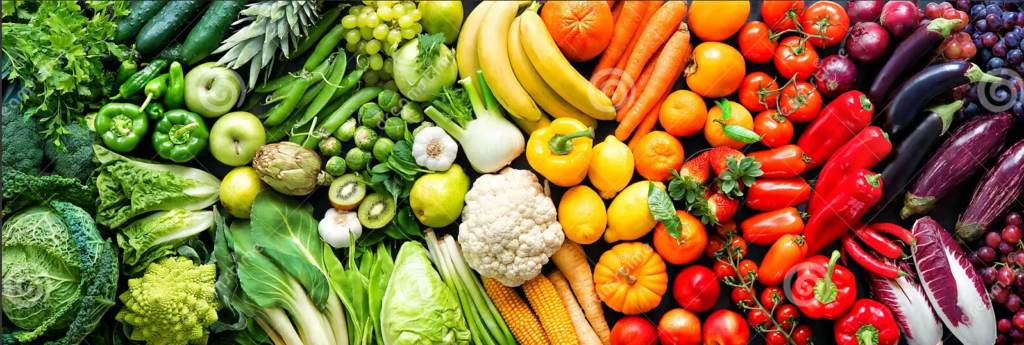Nouns 2


सिंगुलर (Singular) और प्लुरल (Plural)
सिंगुलर (Singular)
- Apple is red. – सेब लाल होता है।
- Carrot is orange. – गाजर नारंगी होती है।
- Tomato is red. – टमाटर लाल होता है।
- Lemon is yellow. – नींबू पीला होता है।
- Cucumber is green. – ककड़ी हरी होती है।
- Strawberry is red. – स्ट्रॉबेरी लाल होती है।
- Orange is orange. – संतरा नारंगी होता है।
- Spinach is green. – पालक हरी होती है।
- Corn is yellow. – मक्का पीला होता है।
- Pumpkin is orange. – कद्दू नारंगी होता है।
प्लुरल (Plural)
- Bananas are yellow. – केले पीले होते हैं।
- Apples are red or green. – सेब लाल या हरे होते हैं।
- Oranges are orange. – संतरे नारंगी होते हैं।
- Strawberries are red. – स्ट्रॉबेरी लाल होती हैं।
- Grapes are purple or green. – अंगूर बैंगनी या हरे होते हैं।
- Carrots are orange. – गाजर नारंगी होती हैं।
- Tomatoes are red. – टमाटर लाल होते हैं।
- Lemons are yellow. – नींबू पीला होता है।
- Blueberries are blue. – ब्लूबेरीज़ नीली होती हैं।
- Peppers are red, green, or yellow. – शिमला मिर्च लाल, हरा, या पीला होती है।
- Blueberries are blue and small. – ब्लूबेरीज़ नीली और छोटी होती हैं।
इन उदाहरणों में, आप देख सकते हैं कि संज्ञाओं और क्रियाओं को हिंदी में एकवचन और बहुवचन के मेल करने के लिए कैसे बदलते हैं।
हम संज्ञाओं के अंत में ‘s’ जोड़ते हैं ताकि उन्हें बहुवचन में बनाया जा सके।
ऊपर दी गई वाक्यों में “is” (होता है/होती है) एकवचन के नामों के साथ उपयोग किया गया है, और “are” (होते हैं/होती हैं) बहुवचन नामों के साथ करने के लिए है।

